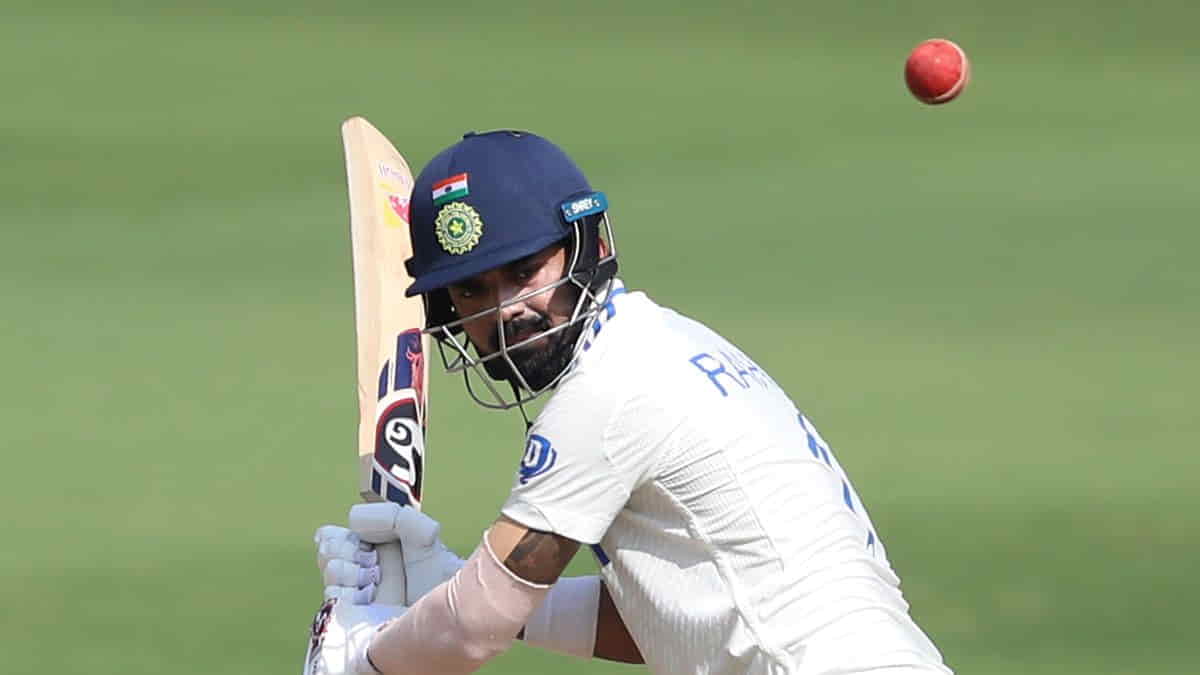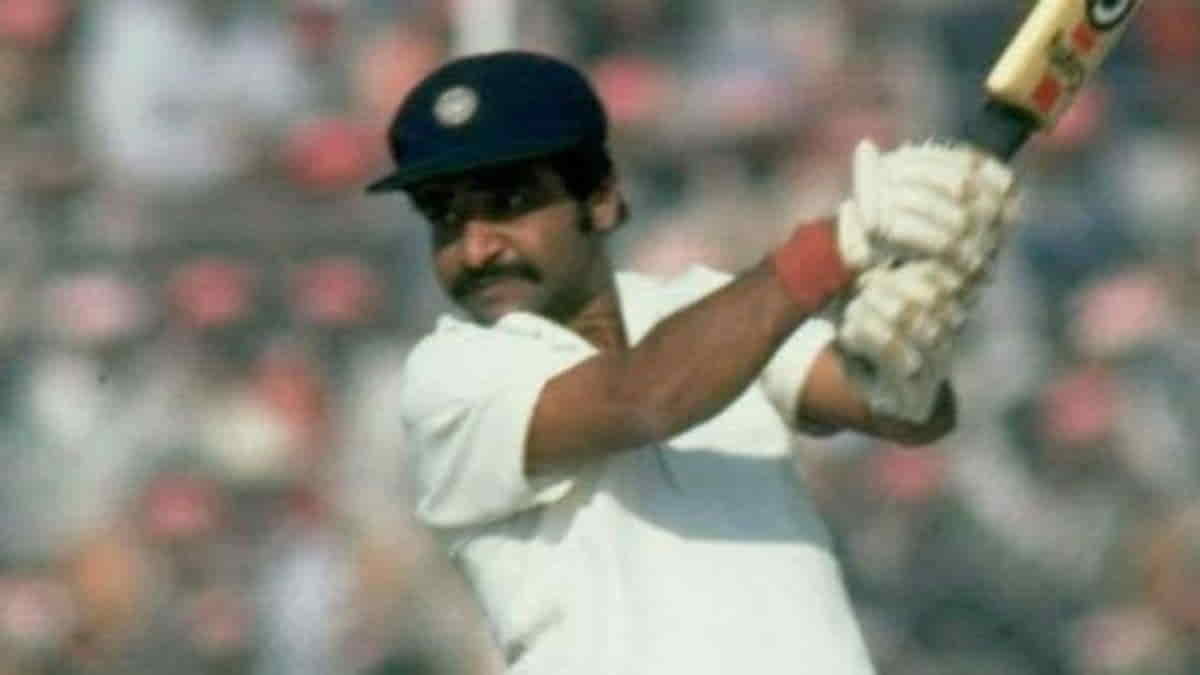
List Of Test Centuries At Lord’s: Lord’s Cricket Ground and Its Unrivaled Status. London’s Lord’s Cricket Ground possesses a near-legendary aura in the international cricket world. Universally known as “The Home of Cricket,” its rich heritage, unique traditional building style, and iconic Lord’s Honours Board all combine to render scoring a century at this venue a career-defining feat for any visiting international cricketer.
The Lord’s Challenge: Traditional Challenges to Visiting Batsmen

Lord’s, as with most English cricket venues, is famous for its particular conditions of play that have traditionally provided significant challenges to visiting batsmen. These pitches are usually described as “green pitches,” with a dense grass cover and a surface that is moisture-retentive.
These conditions are particularly well-suited to fast bowling, with the ball able to seam and swing unexpectedly, especially in the early stages of a match. Bounce and swing are also fostered by grass on the surface, making batting a challenging proposition. Adding to this challenge is the Duke’s ball, which is used for Test matches in England and the West Indies alone.
The Duke’s ball is entirely hand-stitched, resulting in a more prominent seam that retains its shape and hardness for an extended period. This meticulous construction, combined with a traditional greased finish applied during tanning, allows the ball to swing significantly, especially under the often-overcast and damp English weather conditions.
The grease waterproofs, darkens, and softens the ball and, most importantly, makes it easier to shine and, by extension, makes it swing better and for longer when it does swing.
This is in direct opposition to the SG ball that is mainly used in India, which is built to withstand the abrasive and hard Indian pitches, and vice versa will help reverse swing after it loses its sheen. Indian pitches, on the other hand, tend to be low-bounce, dry, and spin-friendly with the hot and humid weather and soil that tends to crumble and get dusty.
The English climate, with the cooler weather and wind, also increases the swing and seam movement further. Although the direct effect of humidity on swing is a topic of continuous debate among pundits, with evidence in some research showing no appreciable rise in side force for damp balls, the general atmospheric conditions unquestionably make for a difficult situation for batsmen. The grassy and soft conditions keep the new ball looking fresher for longer, facilitating traditional swing late into the match.
Test Match Centuries: A Legacy Forged at Lord’s
Test match centuries at Lord’s are generally regarded as the ultimate success for a batsman in the longest game format. For Indian batsmen, whose initial training and competitive experience tend to be on low-bounce and spin-friendly surfaces, the challenge of coping with the green, seaming, and swinging conditions at Lord’s is unusually demanding.
The Duke’s ball, with its more marked seam and longer swing potential, adds to the demand, requiring exceptional technique and unshakeable focus. The table below gives a complete summary of the Indian batsmen who have attained the much-sought milestone of a Test century at Lord’s.
Indian Batters Test Centuries At Lord’s Cricket Ground
Detailed Profiles Vinoo Mankad (184 against England, 1952) Indian cricket’s all-time great, Vinoo Mankad, marked history when he became the first Indian batsman to achieve a Test century at the famous Ground in London.
His great innings of 184 in 1952 was a heroic effort, featuring exceptional skill and stamina. Mankad’s trailblazing century not only established a high benchmark for Indian batsmen at Lord’s but also provided early evidence of Indian cricketing excellence in hostile overseas conditions to show that Indian batsmen were capable of prospering outside their home subcontinent.
Gundappa Viswanath (113 against England, 1979)

The elegant Gundappa Viswanath played a stylish 113 runs from 337 balls against England in 1979. Viswanath’s century proved a reflection of his classical method and wristy touch, with which he countered the swinging ball with elegance and precision, further enhancing India’s batting reputation at the ground.
Dilip Vengsarkar (103 in 1979, 157 in 1982, 126* in 1986, all vs England)

Dilip Vengsarkar has the lone and unmatched record amongst Indian cricketers of being the solitary Indian batsman with three centuries in Tests at Lord’s. These three centuries he has scored in 1979, 1982, and 1986, always against England.
Vengsarkar’s consistent success over nearly a decade at Lord’s highlights an extraordinary affinity for the ground’s demanding conditions and an exceptional ability to counter the swing and seam that often troubled other visiting batsmen. This remarkable feat places him in a unique category, signifying his mastery of English conditions.
Ravi Shastri (100 against England, 1990)

Future India head coach and erstwhile all-rounder Ravi Shastri recorded a stubborn and determined 100 off 184 balls on July 26, 1990. It was a typical example of the gritty and aggressive batting Shastri was known for, displaying his capacity to dig deep and be a major contributor in times of pressure.
Mohammed Azharuddin (121 vs England, 1990)
On the same day as Shastri’s century, July 26, 1990, former Indian skipper Mohammad Azharuddin scored a brilliant 121 runs off 111 balls against England. Azharuddin’s innings was especially impressive for its aggressive approach and quick scoring rate, something of a rarity at Lord’s considering the conditions. It showcased his wristy and aggressive batting style and how he could take command of even the toughest bowling attacks.
Sourav Ganguly (131 vs England, 1996)

Sourav Ganguly had a dream international debut at Lord’s, playing a historic 131 runs off 301 balls on June 20, 1996. This inaugural century at the hallowed ground not only sealed his spot in the Indian side but also announced the arrival of a future skipper and a great left-handed batsman on the global stage.
Ajit Agarkar (109* against England, 2002)

In a surprising twist of fate, Ajit Agarkar, who is best known as a bowler, hit his sole international century at Lord’s. This unblemished 109 off 190 balls was achieved in the demanding fourth innings in 2002.
This surprise century by a lower-order batsman is a strong testament to the unexpectedness of Lord’s and the absolute resolve needed to come out on top, particularly when chasing in the last innings. Its rarity as his only international century makes it an iconic moment in Indian cricketing history.
Rahul Dravid (103* vs England, 2011)

Rahul Dravid, popularly known as “The Wall” for his unbeatable temperament, made an unbeaten 103 off 220 deliveries on July 21, 2011. Dravid’s century was a textbook exhibition of Test match batting, marked by unstinting concentration, sturdy technique, and boundless patience, ideally attuned to the challenges of the Lord’s. It was a masterclass lesson in grinding out runs in trying conditions.
Ajinkya Rahane (103 vs England, 2014)

Ajinkya Rahane made an excellent 103 off 154 deliveries on a “green top” wicket on July 17, 2014. This hundred was pivotal in a game India eventually won, showcasing Rahane’s pressure-stick ability and capability to score runs in conditions that benefited fast bowlers. His innings was both aggressive and conservative, and he got used to the wicket well.
KL Rahul (129 vs England, 2021)

KL Rahul joined the exclusive Lord’s Honours Board with a brilliant 129 off 250 balls on August 12, 2021. Rahul’s century was an important part of an unforgettable Indian win at Lord’s, showcasing his newfound technique and focus against the moving ball in contemporary Test cricket.




